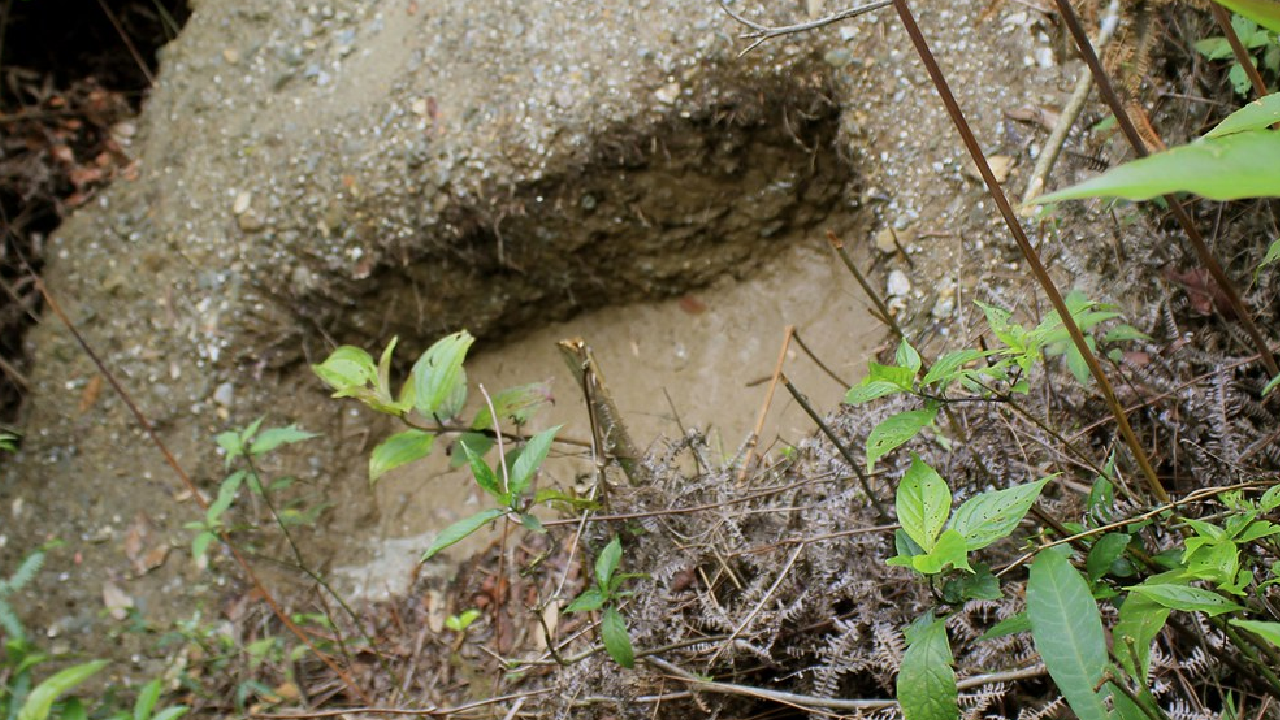
Contour trenching is a critical technique in sustainable land and water management. Trenches are dug along contour lines across a slope to capture and retain water flowing downhill, allowing it to infiltrate the soil below. This approach not only helps in conserving water and soil but also plays a significant role in recharging groundwater and supporting agricultural productivity.
Objectives and Benefits of Contour Trenching
The primary objective of contour trenching is to obstruct the free flow of water across the landscape, thereby allowing it to percolate into the soil rather than being lost as surface runoff. This approach provides numerous benefits:
-
In Situ Soil Conservation: By reducing the velocity of water, trenches help in minimizing soil erosion. This is particularly crucial in hilly and sloped areas where soil erosion can severely degrade land quality.
-
Enhanced Groundwater Recharge: Trenches facilitate the percolation of surface water into the ground, thereby recharging aquifers and increasing the availability of groundwater.
-
Improved Soil Moisture: The retained water increases the soil moisture content, which is vital for crop growth, especially during dry spells.
-
Flood Mitigation: By capturing and slowing down runoff, trenches reduce the risk of flash floods downstream, protecting both human settlements and agricultural fields.
-
Reduced Siltation: Trenches help in trapping sediments, thereby reducing the siltation of downstream water bodies and structures.
-
Increased Spring Discharge: In areas with natural springs, trenching can enhance both the discharge and duration of spring flows by ensuring a consistent supply of groundwater.
Types of Trenches
1. Continuous Contour Trenches (CCTs)
-
Function: These trenches are designed to capture almost all surface runoff and are suitable for areas with low to medium rainfall.
-
Site Suitability: Ideal for slopes of less than 6%, although they can be constructed on slopes up to 10%.
-
Design: The continuity of the trench is occasionally broken to prevent overtopping and allow safe disposal of excess water.
2. Graded Contour Trenches
-
Function: Designed with a slight gradient to ensure the safe escape of water.
-
Site Suitability: Suitable for regions with annual rainfall between 1000-1200 mm.
-
Design: Small spillways are incorporated to handle excess runoff.
3. In Line Trenches
-
Function: Positioned in lines across the terrain to manage water flow efficiently.
-
Site Suitability: Can be used in various rainfall and slope conditions, based on specific land characteristics.
4. Staggered Contour Trenches (SCTs)
-
Function: These trenches allow some runoff to escape, which is crucial in high rainfall areas to prevent over-saturation and landslides.
-
Site Suitability: Suitable for slopes of 10-50%, extendable to 60% in stable conditions. They are preferred in high rainfall regions such as the North Eastern States of India.
-
Design: The design ensures partial water capture to maintain soil stability and safety.
Locating Trenches
Trenches are typically located in the upper reaches of a catchment area or recharge zones. This positioning allows them to intercept surface flow effectively. The contour lines for trenching can be laid using tools like pipe levels or an ‘A’ frame. While pipe levels require some skill, the ‘A’ frame method can be easily learned by laypersons. Small diversion bunds may also be used to guide runoff into trenches, particularly in recharge areas.
Effectiveness of Trenches
Trenches significantly contribute to groundwater recharge. For instance, in a 1-hectare area with clayey soil and a 25% slope, staggered trenches can increase water infiltration by up to 65%. This increase leads to notable improvements in spring discharge, providing a reliable water source for agriculture and communities.
Example from Sikkim
The Dhara Vikas Program in Sikkim provides compelling evidence of the effectiveness of SCTs. By implementing these trenches, several springs in the region have experienced a marked increase in discharge, demonstrating the technique's impact on water availability.
Enhancing Sustainability with Vegetation
To further enhance the sustainability and effectiveness of trenches, planting trees and grasses is recommended. This vegetation helps stabilize the soil, reduce erosion, and provide additional benefits such as fodder for livestock. Trees are typically planted between trenches, while grasses are sown on the downstream bunds.
Maintenance of Trenches
Despite their benefits, trenches require regular maintenance, particularly after the first monsoon, when the rate of siltation is highest. Steps to reduce siltation include:
-
Grass Planting: Grasses like Napier can be planted on bunds to minimize siltation and enhance stability.
-
Berm Construction: A berm of approximately 0.5 meters can help protect trench edges from erosion.
Limitations of Trenches
While highly beneficial, trenches have limitations:
-
Slope Constraints: SCTs are less effective on slopes under 10% or above 50% (or 60% in some stable conditions), where they might trigger landslides.
-
Rainfall Requirements: SCTs are not suitable for areas with annual rainfall below 1000 mm.
In such cases, alternative land management strategies like afforestation, grassland development, or agroforestry should be considered.
Contour trenching is a powerful tool for water and soil management, offering significant environmental and agricultural benefits. By carefully selecting and designing the appropriate type of trench and ensuring proper maintenance, communities can sustainably manage water resources and enhance land productivity. This technique not only conserves water and soil but also supports agricultural resilience in the face of climate change.
(Source: People’s Science Institute Dehradun)
















